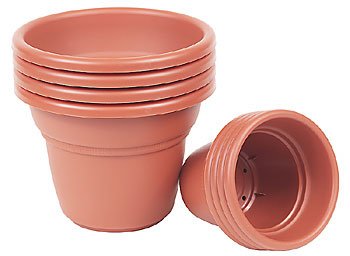My editor recently passed along a story idea to me called,
”
Lasagna Gardening.
”
Since I’m always on the lookout for story ideas and this one had
a rather catchy title, I was intrigued. Turns out,
”
Lasagna Gardening
”
is a farce, a fake, a catchy title with a pretty meaningless
body.
My editor recently passed along a story idea to me called, “Lasagna Gardening.” Since I’m always on the lookout for story ideas and this one had a rather catchy title, I was intrigued. Turns out, “Lasagna Gardening” is a farce, a fake, a catchy title with a pretty meaningless body.
As its name implies, “Lasagna Gardening” involves layering of “growing medium” on top of the ground. The layers are newspaper, peat moss and compost, and you keep repeating that layering process until you have a “lasagna.” If this sounds familiar to you gardeners out there, it should. “Lasagna Gardening” is simply a catchy name for raised bed gardening. Veteran home gardeners have been gardening with raised beds for years. In fact, farmers have been going the raised bed method for hundreds of years.
With spring upon us, fair weather gardeners are anxiously planting. Don’t make the beginning gardener mistake of throwing in that new plant into rock-hard ground and expecting it to thrive! If your garden is anything like mine, there’s ground that’s so hard that a cheap trowel can literally bend while attempting to dig a small planting hole.
Which brings us back to raised bed gardening. A simple way to improve your soil is to create raised beds. You can go the route of newspapers, peat moss and compost, or you can layer almost any soil amendment. This includes organic compost, peat moss, planting mixes, redwood soil conditioner, steer manure, mushroom compost, sand – you get the picture. Practically any type of soil amendment will be an improvement over hard ground. You can also use organic manures, like steer manure, chicken manure and mushroom compost. Be careful about using too much of these organic additives, though, because too much could “burn” plants.
Typical raised beds are 12 to 18 inches high. Be aware that if you’re working on a large area, it might be cheaper to order soil amendments in bulk from a rockery. Even after the $25 delivery charge, you may come out ahead. Of course, you have to factor in the time it will take to shovel and wheelbarrow the huge dirt pile in your driveway to wherever you need it. For smaller jobs, you can save time by simply carrying large bags of soil amendments to where it’s needed. This time of year, I’m always on the lookout for sales on soil amendments. Typically, you can find large bags of soil conditioners for around three for $10 when on sale.
Whether one calls it “raised bed gardening” or “lasagna gardening,” it doesn’t matter. What matters most is that your flowers, vegetables, trees and shrubs will pay you back by growing better. On top of everything, there’s no digging, no weeding and much less watering by going the raised bed route.
There’s an old saying in gardening that goes something like this: If you have $20 to spend, spend $15 of it on soil and $5 on the plant itself. Basically, do not scrimp when it comes to preparing your soil for new plants.














